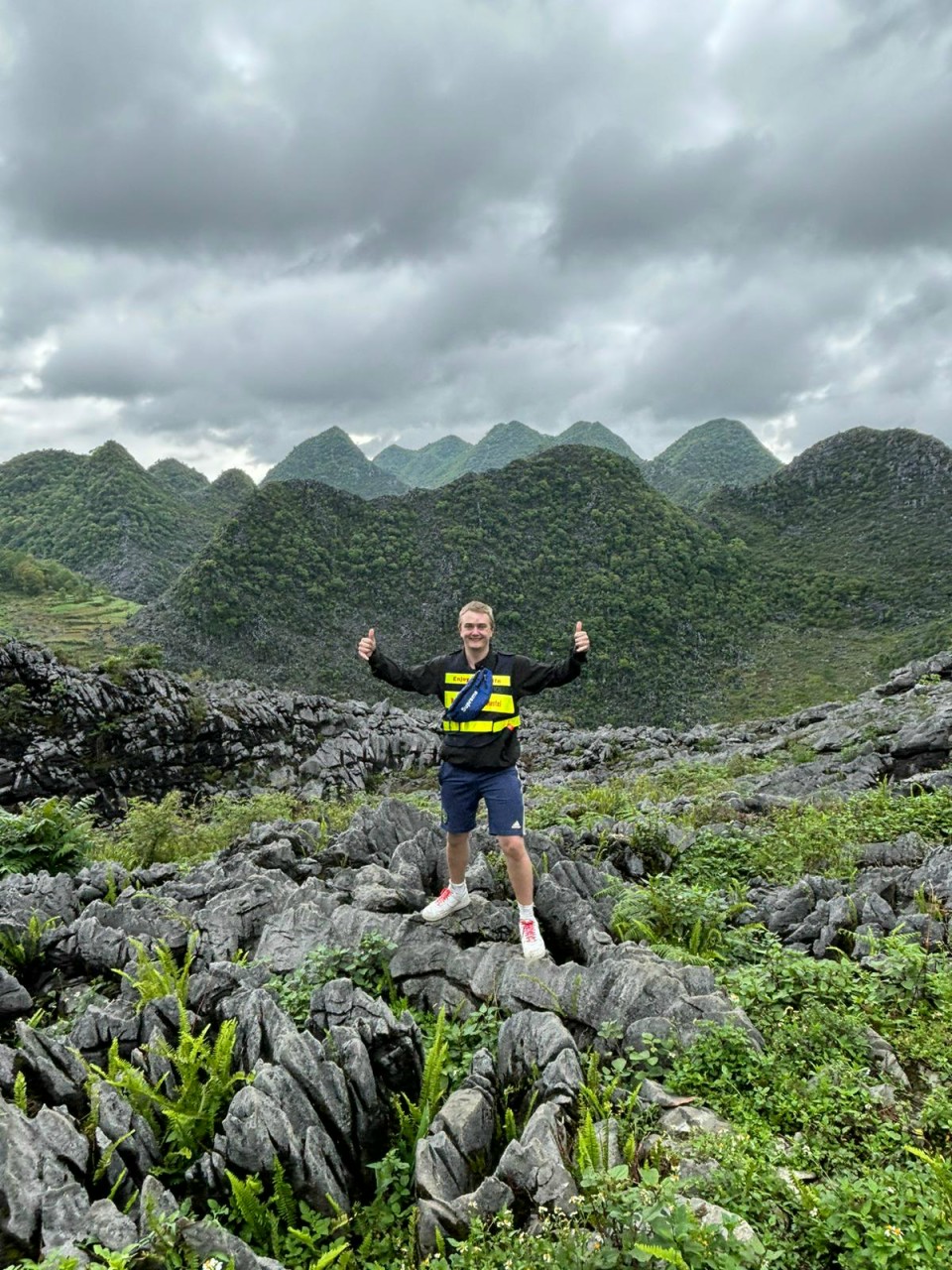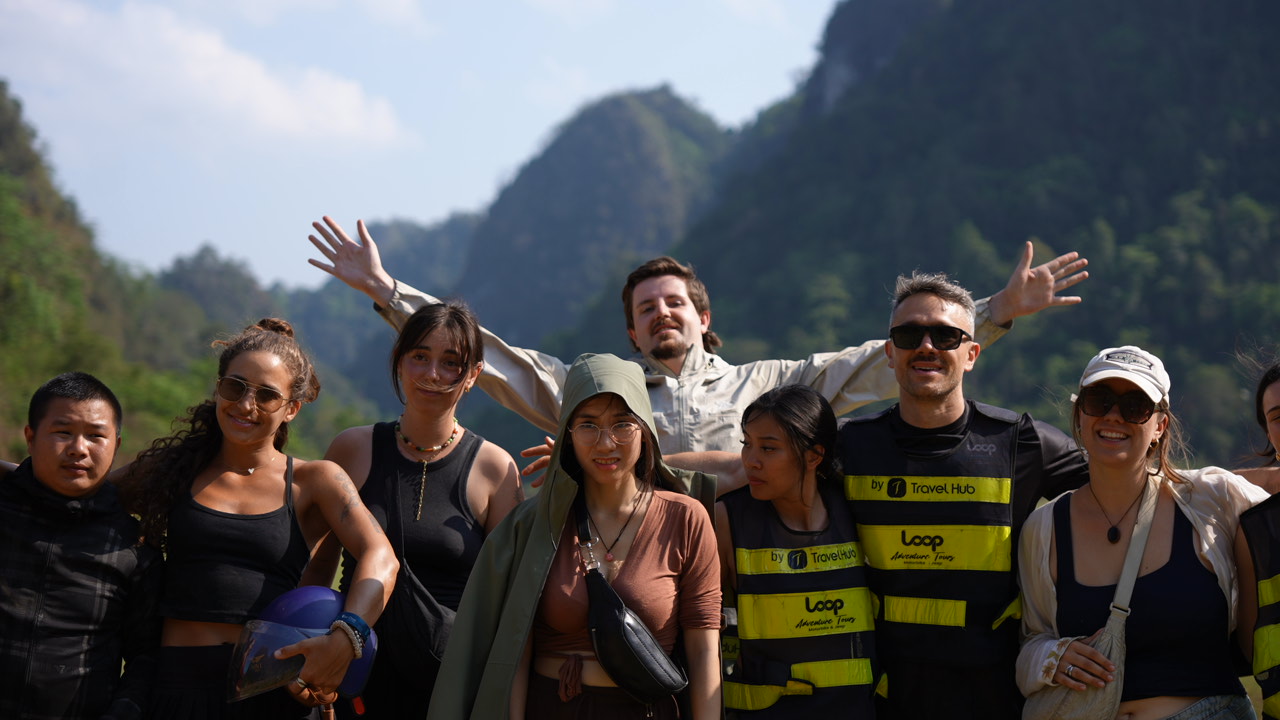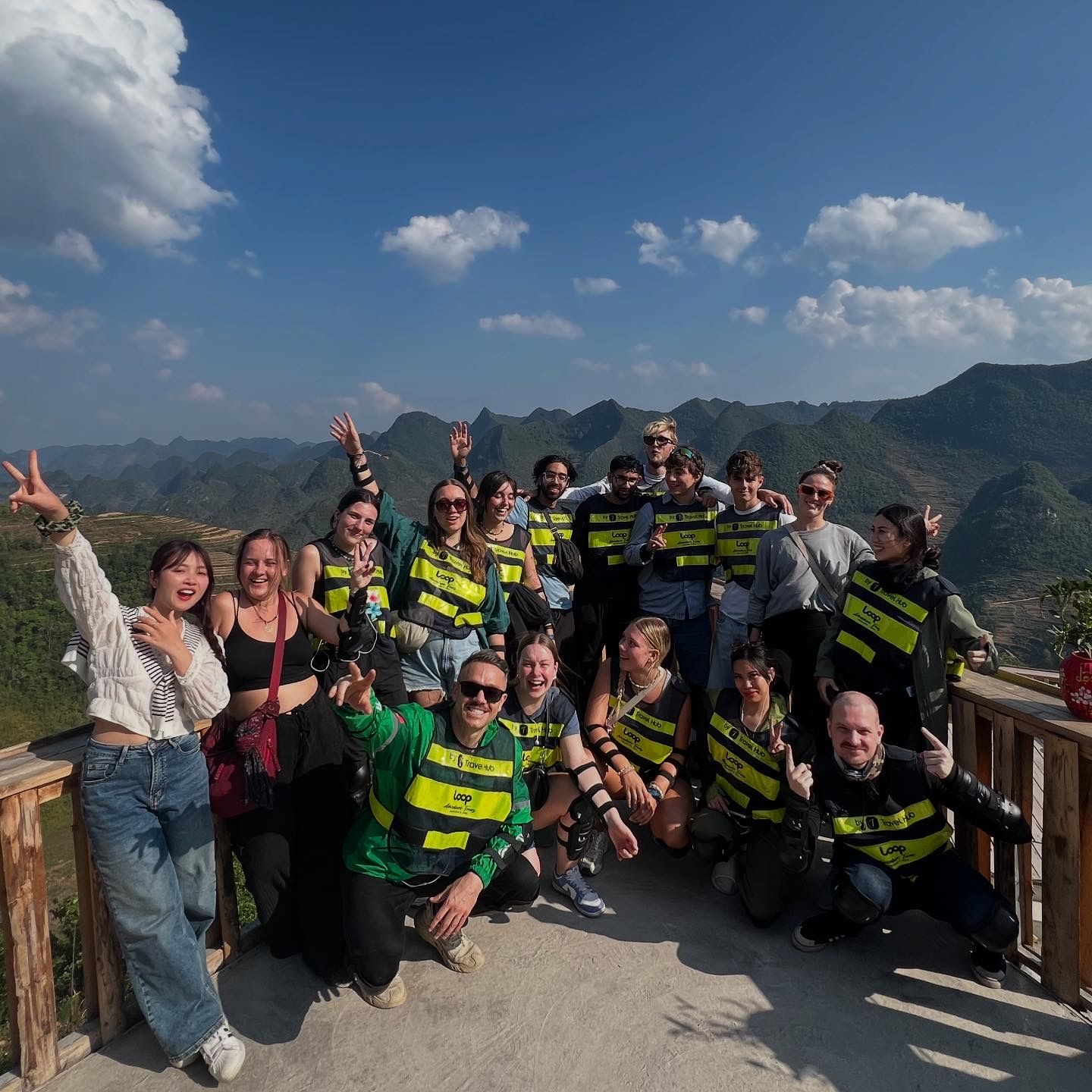Considering a northern Vietnam adventure right after New Year? Ha Giang in January trades peak-season crowds for moody mountain light, crisp air, and quiet roads. It’s the coldest month of the year up north, but with smart layers, daylight-only travel, and a realistic plan, you’ll be rewarded with low-angled sunshine over karst ridges, steaming bowls of au tau porridge in Dong Van, and uncluttered views on Ma Pi Leng Pass. This guide covers weather, pros and cons, what to pack, winter-safe itineraries, costs, and safety—so you can decide if January is your perfect Ha Giang window.
Recommended Tours for You:
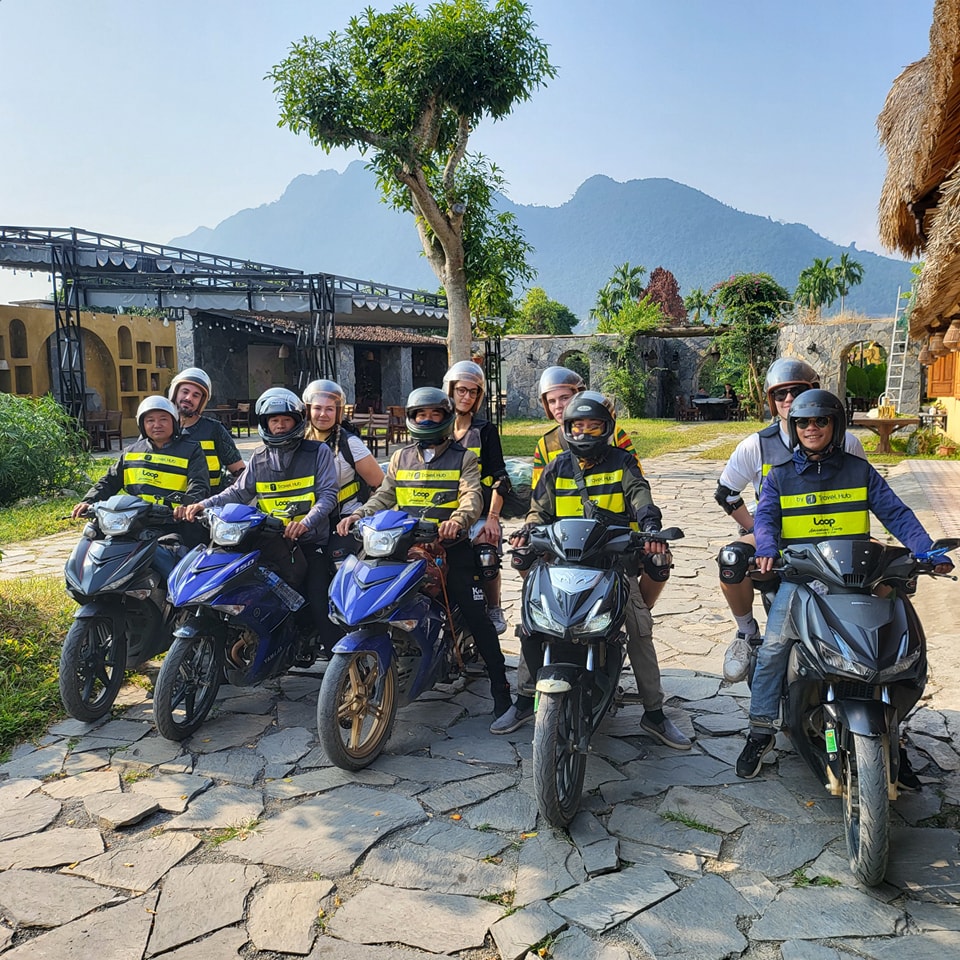
January weather in Ha Giang: what it actually feels like
-
Temperature: Expect chilly mornings and evenings. In towns like Ha Giang City and Dong Van, daytime highs are often in the low to mid-teens °C (50s–60s °F), while early mornings can dip to single digits °C (40s °F). Wind on passes makes it feel colder.
-
Sky conditions: Mixture of crisp, blue afternoons and periods of fog/low cloud, especially at altitude. Drizzle is possible; heavy all-day rain is less common than in summer.
-
Daylight: Shorter days—plan daylight-only riding/driving and keep an extra buffer hour for slow foggy sections.
-
Comfort tips: Layer up, warm up with hot tea or corn wine (sip, don’t chug), and choose homestays with blankets/heaters.
Bottom line: Ha Giang in January is cold but photogenic. If you love quiet roads and dramatic winter light, it’s a great time.

Pros & cons of visiting Ha Giang in January
Pros
-
Fewer crowds & better rates outside holiday peaks; easier to find good bikes/rooms.
-
Dramatic light for photography—low sun, mist layers, and clear air after midday.
-
Cozy homestays & hearty food (hotpots, smoked buffalo, au tau porridge).
Cons
-
Cold & wind chill on high passes; fog can delay schedules.
-
Short daylight means slightly shorter riding blocks.
-
Tet (Lunar New Year) sometimes falls late January/early February: transport surcharges and limited availability a few days around the holiday.
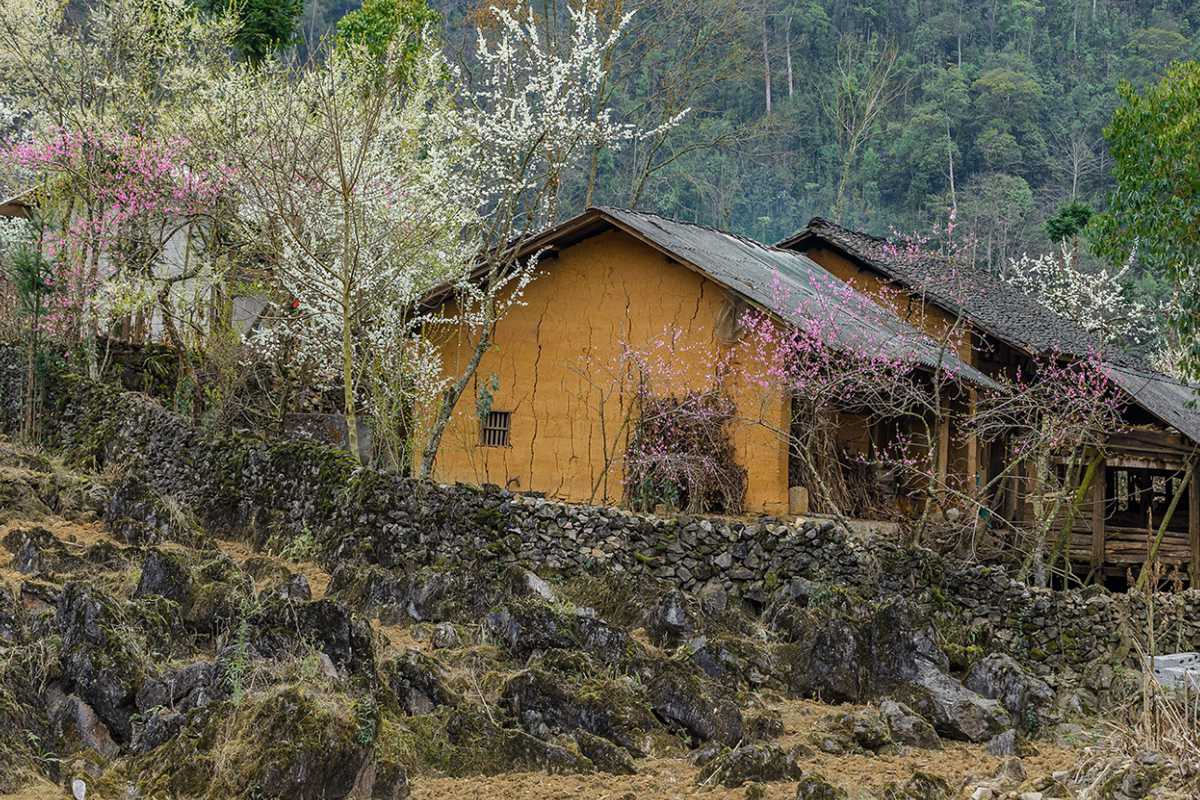
What to pack for Ha Giang in January (winter edition)
-
Warm layers: thermal base layer, mid-layer (fleece or light down), windproof/water-resistant shell.
-
Accessories: warm gloves, beanie/neck gaiter, thick socks; hand warmers are a bonus.
-
Riding gear (if self-riding): quality helmet, padded gloves, long pants, sturdy shoes/boots; rain jacket and pack cover.
-
Essentials: sunscreen (UVA matters even in winter), sunglasses, lip balm, refillable bottle, small bills (5k–50k VND).
-
Tech & docs: phone mount, power bank, driver’s license + IDP (if riding), travel insurance.

Getting there & moving around
-
Hanoi → Ha Giang City: Overnight sleeper or VIP-cabin buses (roughly 6–7.5 hours). Day limousines exist but reduce your riding time.
-
Tour styles in winter:
-
Easy Rider (pillion): Ride behind a licensed local—best for beginners in fog/cold.
-
Self-ride (guided): For licensed, confident riders; stick strictly to daylight.
-
Car/van with driver: Warm, dry, safest for families and photographers; perfect for chilly mornings.
-
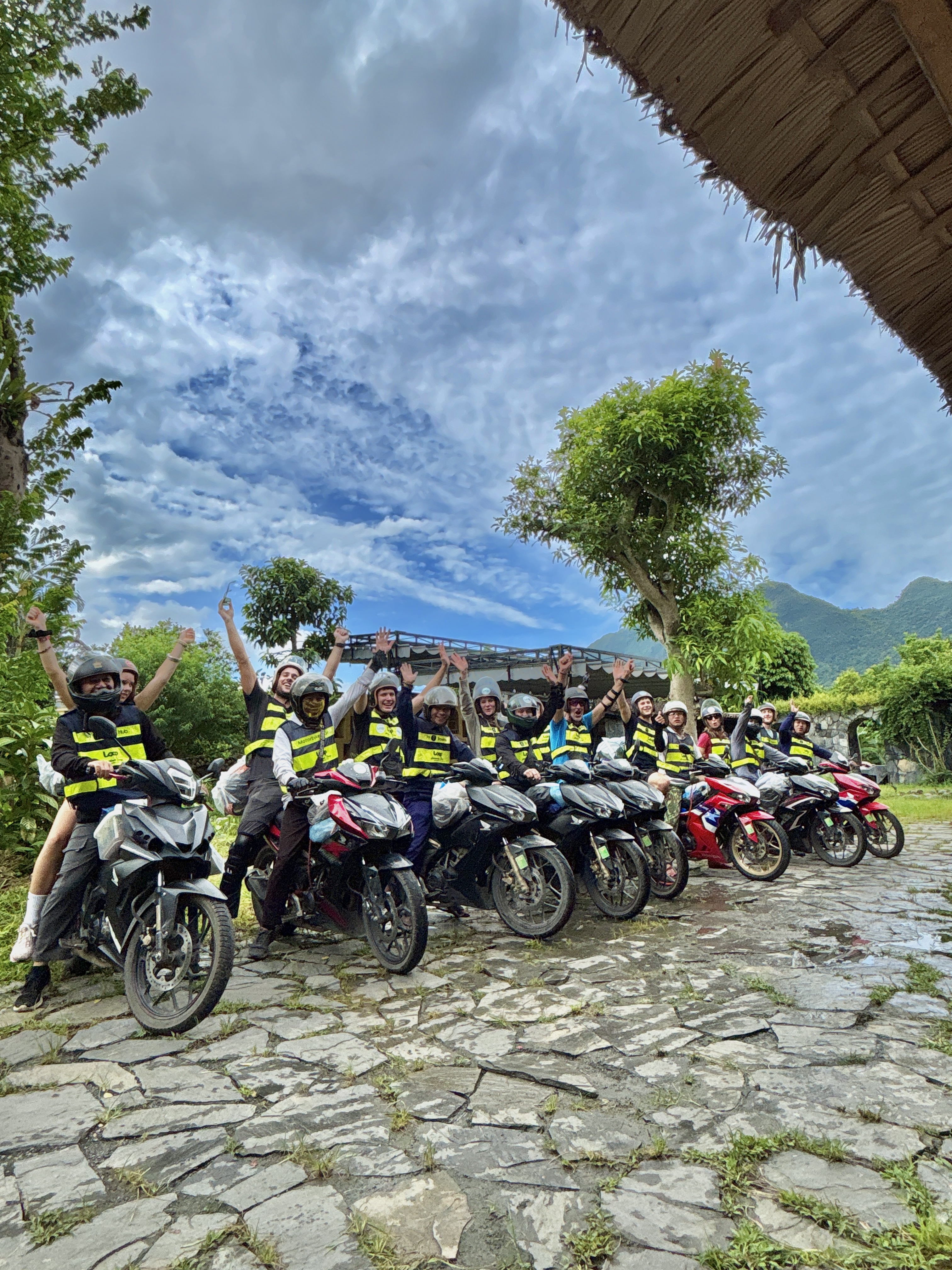
Winter-safe itineraries for Ha Giang in January
3D2N Classic (short days, rich stops)
Day 1: Ha Giang → Quan Ba Heaven’s Gate & Twin Mountains → Yen Minh pines → Sung La Valley → Vuong Family Palace → Dong Van (Old Quarter sunset).
Day 2: Morning Lung Cu Flag Tower → Ma Pi Leng Pass sky paths → optional Nho Que River boat (dress warm) → Meo Vac (family dinner).
Day 3: Meo Vac → Du Gia (waterfall view, road conditions permitting) → Ha Giang (evening bus to Hanoi).
Why it works in January: Short riding legs, late-start flexibility for fog, and a warm, early finish.
4D3N Slow Travel (photographer’s pace)
Add a sunrise in Lo Lo Chai, an evening in Nam Dam (Dao village), or longer coffee/photo breaks on Ma Pi Leng. The extra day buys weather buffer and blue-hour moments without rushing.
What to see & do (winter highlights)
-
Ma Pi Leng Pass & Tu San Canyon: Iconic viewpoints are quieter; fog can part into spectacular light rays mid-morning.
-
Dong Van Old Quarter: Stone alleys, hot tea, buckwheat cakes (flowers are past peak but the market vibe remains).
-
Lung Cu Flag Tower: Borderland panoramas—dress for wind.
-
Nho Que River boat: Cold but stunning; bring a windproof shell and gloves.
-
Local markets: Sunday Dong Van or Meo Vac markets for textile colors in winter light.
-
Comfort food season: au tau porridge, thang co (strong—try a small portion), hotpots, grilled corn, and piping-hot tea.

Budget snapshot (per person, reference)
-
Motorbike rental: ~180,000–300,000 VND/day; fuel ~60,000–120,000 VND/day.
-
Easy Rider (3D2N–4D3N): ~2.6–6.5M VND depending on group size, room type, inclusions.
-
Self-ride guided: ~3.2–5.8M VND including bike, fuel, guide, basic gear, homestays, some meals.
-
Car/van with driver: 2.5–5.0M VND per vehicle/day, split among travelers.
-
Extras: Nho Que boat 100k–150k VND; small entrance fees at Lung Cu/Vuong Palace.
-
Note on Tet: Prices and availability can spike a few days around Lunar New Year—book early or avoid those dates.

Safety & etiquette in January
-
Daylight only. Fog + hairpins + livestock at dusk = avoidable risk.
-
Ride defensively: Look through the turn; use engine braking on descents; avoid sudden braking on damp corners.
-
Daily bike check: Tires, brakes, lights, horn, and chain lube before departure.
-
Warmth management: Start later on foggy mornings; keep a thermos or stop for hot tea.
-
Culture & borders: Ask before photographing locals; dress modestly in villages; carry ID for checkpoints; pack out trash.
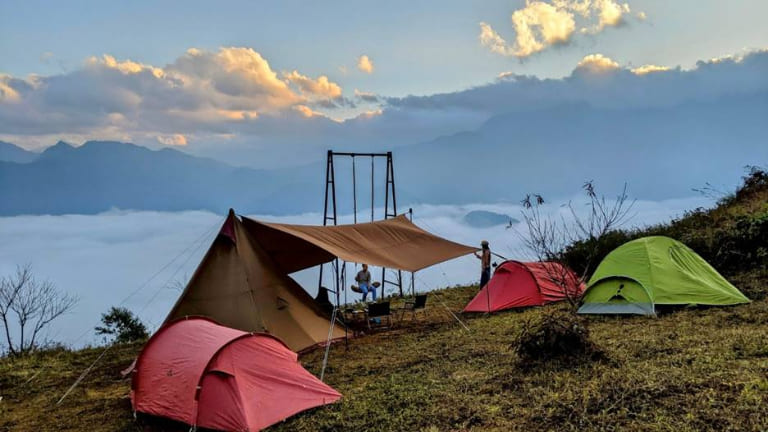
Photography tips for Ha Giang in January
-
Use the low sun: Side-light sculpts the karst ridges on Ma Pi Leng and Quan Ba.
-
Wait out fog: A 20–40 minute pause can transform whiteout into cloud-sea drama.
-
Dress your camera: Keep batteries warm; condensation can be an issue when moving indoors.
-
Golden hours: Short but rich; plan fewer, better stops instead of many quick ones.
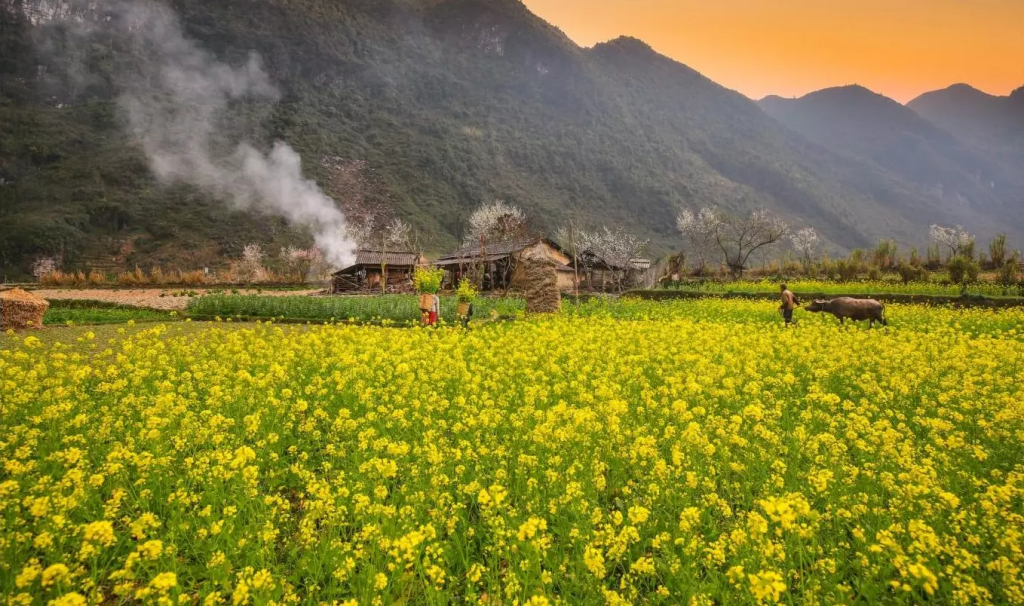
FAQs – Ha Giang in January
Is it too cold to enjoy the Loop?
It’s cold, not unbearable. With thermal layers and a windproof shell, most travelers are comfortable—especially in a car/van or as a pillion with regular tea stops.
Can beginners self-ride in January?
It’s possible but not ideal. Choose Easy Rider or a car/van if you’re new to mountain roads or worried about fog and wind chill.
Are flowers in bloom?
Buckwheat season is mostly over. Early blossoms may appear closer to February. January is about light, mist, markets, and quiet roads.
Is the Nho Que boat running?
Usually yes, weather permitting. It’s colder on the water—bring gloves and a windproof jacket.
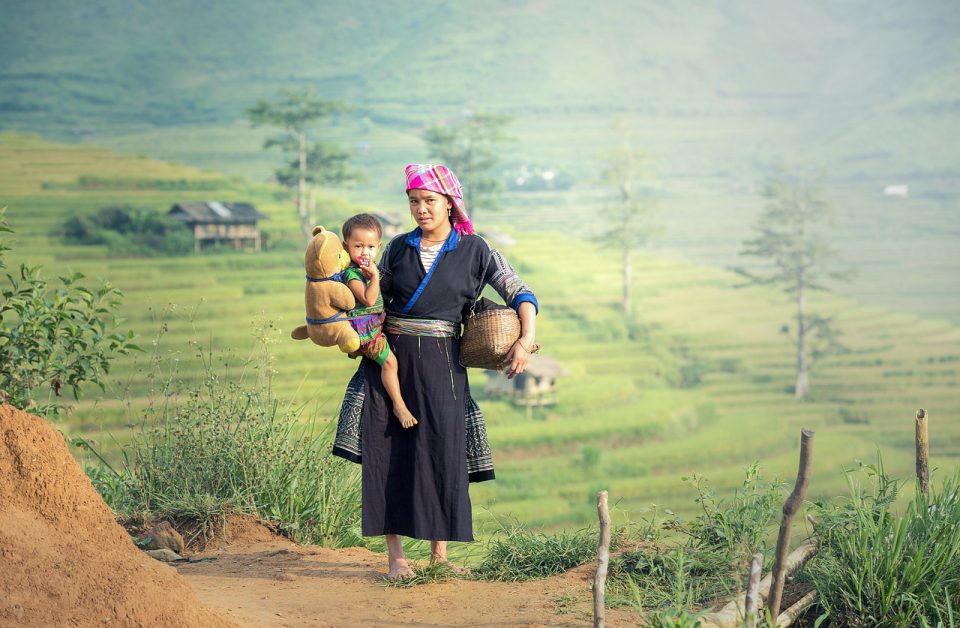
Conclusion
Ha Giang in January is a different kind of beautiful—quiet markets, moody ridgelines, and crisp afternoons when the fog lifts. If you can trade peak-season blooms for winter calm, you’ll enjoy clearer viewpoints, better value, and soul-warming meals by homestay fires. Pack smart (thermals + windproof), prioritize daylight travel, choose the right tour style for your comfort (Easy Rider, self-ride, or car/van), and keep a flexible hour each day for weather. Do that, and January will deliver exactly what you came for: grand limestone horizons on Ma Pi Leng, stone-walled lanes in Dong Van, and that unmistakable feeling of Vietnam’s northern frontier at its most serene.
Plan your adventure today! For more details and personalized support, contact Thelooptours Hotline: +84329196074.


